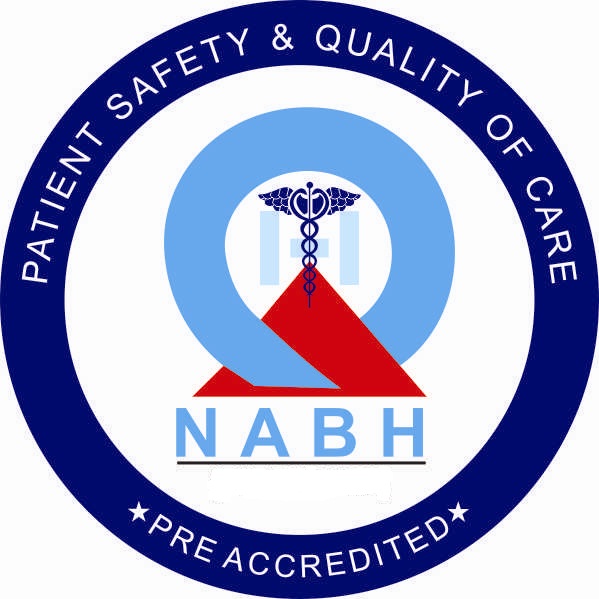
Silent sight stealer
– Dr K. Kavitha Lakshmi
Chief Ophthalmologist
Dr KK Surgical & Paediatric Centre
Ignorance is not always bliss. Particularly in matters of health.
Do you know what is the most scary thing about glaucoma? That you may be having it but not knowing it! By the time you realise something is wrong in your eye, the damage is done.
It is currently the World Glaucoma Month (March 2021) and we Ophthalmologisttake this opportunity to create awareness by explaining to our patients how they can prevent the progression of the disease and also persuading them to get their family members screened.
This extremely silent condition that damages the optic nerve and affects mainly the older people has a serious outcome.Glaucoma is stated to be the second leading cause of blindness in India but sadly an irreversible cause of blindness. It is estimated that some 12 to 13 million Indians suffer from glaucoma but not even 10 per cent of them know they do. In India, more than a million people are said to be blind from the condition.
But we hear no alarm bells ringing. Glaucoma is somewhat like an orphan disease. Given its asymptomatic status it remains heavily under-diagnosed. After diagnosis, it remains far from cure. The best a doctor can do is to preserve the vision the patient is left with, while the patient has to be equally careful and responsible about continuous care, treatment and follow-up in order to prevent the vision from deteriorating further.
Since risk of glaucoma is 20 times higher in people with family history of the disease, chasing the family is one of the focussed approaches of eye specialists. Also the screening of at-risk people, like those suffering from diabetes, hypertension, myopia, is cost-effective than mass screening camps because glaucoma is still not marketable despite the rising numbers.
For instance, cataract, guarantees 99.9 per cent satisfaction and safety after surgery. Cataract is like a curtain blurring a patient’s vision and forcing people to go for surgery followed by the thrill of vision restoration. But in glaucoma there is no such tangible result. While early detection remains a challenge, there is no perceptible change in vision either after treatment. To make it worse, patient has to work on maintenance(like applying drops everyday and frequent visits to doctor to monitor his eye pressure) and failure to do so leads to irreversible blindness.
Let us be hopeful that in the years to come there will be new surgical techniques and drugs, gadgets and tools that will see breakthroughs in glaucoma. But till then this public health issue should not be ignored.
Facts about Glaucoma:
What is glaucoma : Glaucoma occurs when fluid doesn’t drain from the eyes properly and builds up the pressure within the eye, above 10-20mm/Hg. It causes damage to the optic nerve. The older you get, glaucoma becomes more common and if not treated in time it can lead to loss of vision
Screening : Basic screening involves measuring the pressure in both the eyes. If glaucoma is suspected, for further screening, eye drops are used to enlarge the pupils for a better inside view of the eye, the optic nerve to check for damage, corneal thickness is measured and angle structures assessed. Visual field tests are conducted for assessing side and peripheral vision lost.
Treatment: Glaucoma surgery focuses on making a new outlet for drainage or doing away with the tissue that causes obstruction to the outflow. It can be managed with drugs depending on the severity.
Prevention: People think glaucoma causes blindness but it actually starts with loss of peripheral vision, which is not easy to diagnose early. But early diagnosis is the key to prevention. Like people go for blood pressure and sugar levels check up, everybody above the age of 40 should be encouraged to go for regular eye check up. And if there is a family history of glaucoma, then it is mandatory for those above 35 years.
Glaucoma treatment means living with the disease and managing it with long term commitment on part of both the doctor and the patient. It involves periodic monitoring and necessary follow up care.


